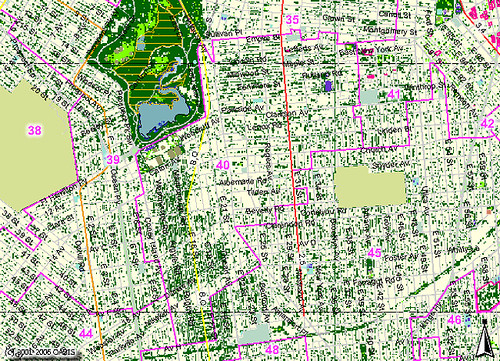Amphion floridensis, Nessus Sphinx Moth, on Rhododendron viscosum, Swamp Azalea, in my urban backyard native plant garden and wildlife habitat. The two bright yellow bands are a key for this species.
Another lifer moth for me, I saw this in my backyard a few weeks ago. Fortunately, I had my camera with me. Unfortunately, I didn’t have time to break out the flash, or the tripod. This was a fast-moving moth.
Here is a better view of the moth at rest. This is from Flickr member Circeson, taken in Atlanta, Georgia.
Amphion only has one brood as far north as New York, from April to July. The specific epithet floridensis – of Florida – points to its more southern range.
Swamp Azalea flowers are intensely fragrant, reminding me of cloves and maple. The deep, trumpet-shaped flowers are perfectly suited to this moth, which hovers in front of each flower while it sips out nectar with its long tongue from the nectaries at the base of the corolla.
Sphinx Moths, Family Sphingidae, are medium to large moths, generally colorful, and certainly eye-catching in flight.

